As parents, as friends, as partners, employees, we do the best that we can to help the ones we love in this life, to protect them against that which might hurt them, to help heal them when they are sick, to comfort them when they are in pain, to spend time with them to make them feel less alone, to let them know they are cared for, and that this care will extend throughout our time with them and beyond. That is what we hope, anyway. So does Jong-Goo, the troubled and haunted protagonist of this brilliant Korean drama-thriller. ‘The Wailing’ suffers from an acute sense of melancholy and impending danger. The movie is structured in a way that every moment of silence and calm is succeeded by an episode of all-consuming chaos.
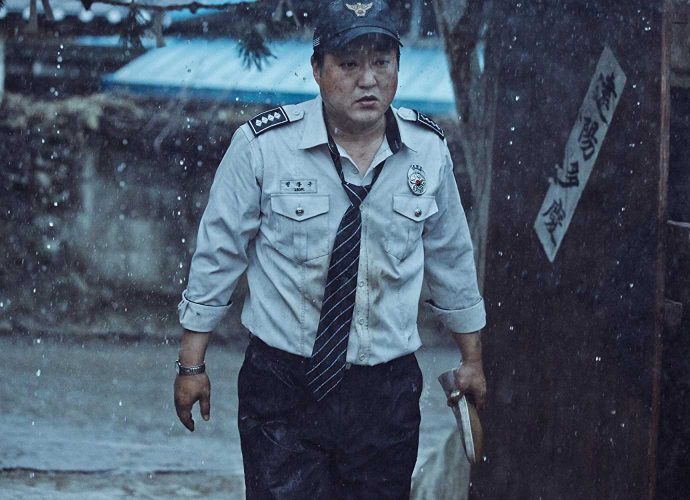
This world is vast beyond our understanding. Causality, and how it relates to our actions inside and outside of temporality, functions in ways we can only begin to dimly grasp. There is a limit to what we can do, there is also a limit to the extent to which we can perceive the effects of what we have done. When we act from fear, from panic, out of love, we don’t always make the best decisions for ourselves or our loved ones. We cannot always fulfill the roles with which we have been entrusted in the manner we would like.
Sometimes the world we know goes on in spite of our ignorance and our flailing about, and sometimes it goes completely awry even when we try our best and our hardest to make things turn out okay. Jong-Goo’s world goes through a phase that threatens to weaken his spirit of life and take away from him the thing he most cherishes: his family. It is not always possible to tell which is what at any given moment while it seems to be in progress, but always seems inevitable, as if it never could have happened any other way in hindsight.
‘The Wailing’ is a study that perceives this effect-causality in the most intriguing and harrowing way possible. This is a function of limited perspective, one which perceives time and causality as linear, but as we are now, it is very difficult to see it any other way, and if that would do us any good even if we were capable of doing so is impossible to say. Every state or condition in which we find ourselves and those we love is the aftermath of a prior set of states and conditions superimposed or one translated into the next, inexorably. Divination is a set of tools about space as well as time.
Being in the present is all well and good if there is a map and someone hasn’t scraped off the arrow with a fingernail or the edge of a coin or obscured it with a decal or something. A kind of sonar or echolocation or a mapping of landmarks onto correspondences rather than the other way around.
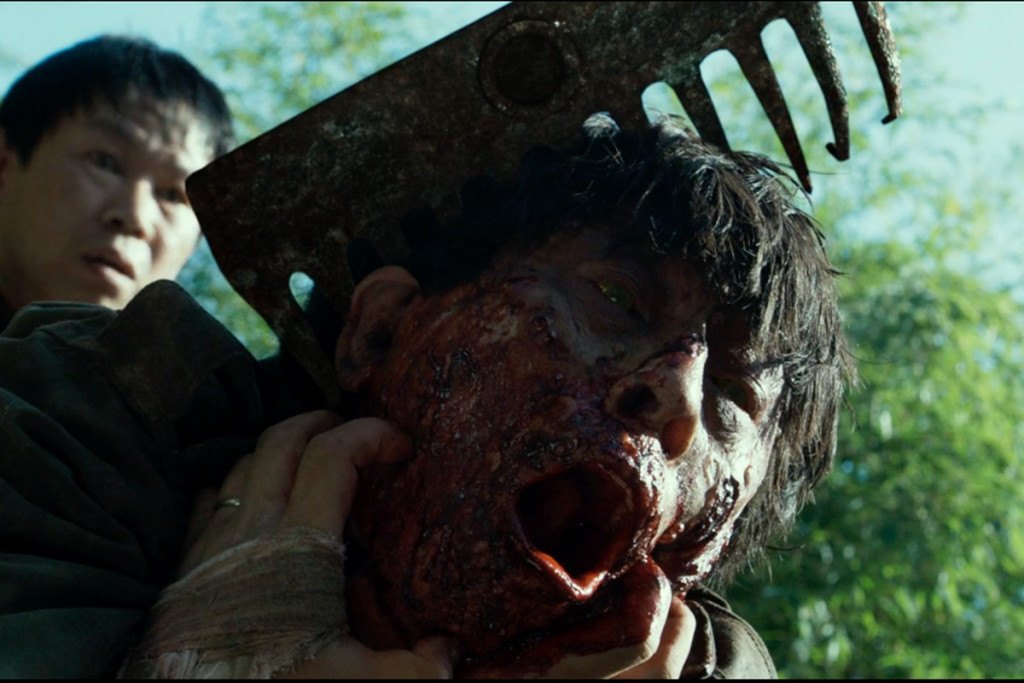
Still, we are stumbling around in the dark more often than not, terrible at reading maps, half-listening to the GPS voice that is putting us to sleep or blending in with the radio or with other voices in the car. We mistake one landmark for another and get turned around, or even forget who we are, who we love, and get the whole of it confused. These consequences can be the sort which is tragic and irredeemable or they may be the kind we laugh about in a few hours, or relate breathlessly, our voices still shaking with adrenaline, once everything has recollected itself into memory, faded from the present.
Some things persist over time, over space, even after themselves, in our hearts and minds, or outside of them, sometimes they are ghosts, sometimes we don’t know what they are. Sometimes that not knowing is ok. Sometimes it is not. We can’t know until we come up upon it, or even after, and we remember or we think I should have done something or we become lost to the future, persistent and unchanging in time, looped in past catastrophe; the past catastrophe that is always someone else’s present, someone else’s future, in which we play the role of ghosts, no matter how solid we might seem, and hope not to fail at that too.
Synopsis
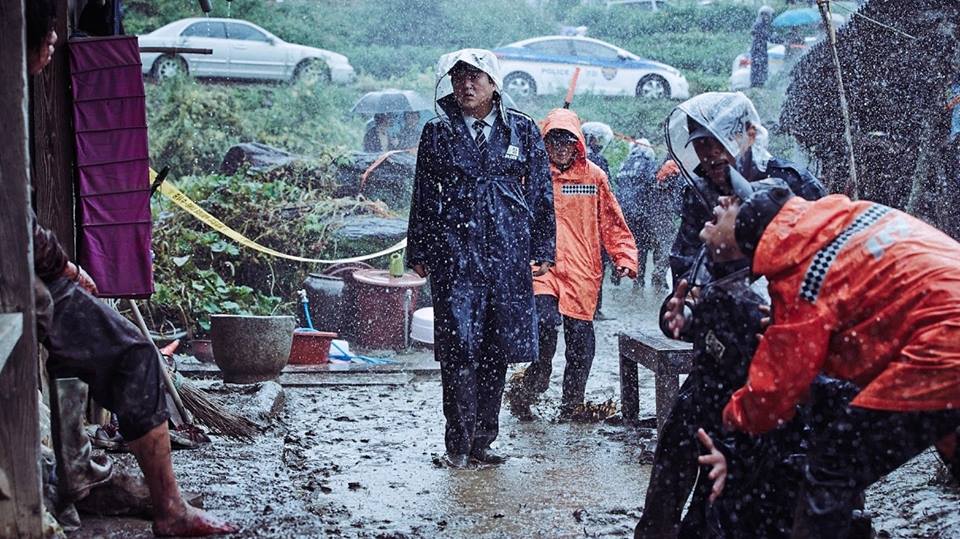
People are dying in a small town due to a disease that many believe arrived in their locality after a mysterious Japanese man started living there. We follow the story through a police officer, whose daughter appears to be the next victim of the disease.
The film looks beautiful, each shot making you gasp more than the previous one. Mountains look very beautiful, it was as if Bob Ross was given a camera. You can tell there was a lot of research going into the film.
Local police officer Jong-Goo inspects the ongoing case with guarded skepticism. While on the site where a family was murdered by one of their own, Goo comes across a girl in white. The girl warns him about the old Japanese who lives alone in the forests and is a prime suspect in the ongoing crisis. Other villagers also come forward with their observations about an old Japanese man in white underwear with red glowing eyes eating corpses. The stories unsettle Goo and force him into having nightmares with the descriptive details. Now almost convinced that the Japanese is, in fact, the culprit at hand, he visits his house with other police officers to inspect. His colleague finds evidence that suggests the Japanese did carry out the killings. Too afraid, he leaves the situation be and leaves along with the other officers.
When a fellow police officer brings Goo a shoe of his daughter, and narrates the whole incident. His daughter shows similar symptoms as the other villagers before they got sick, which dishevels the whole household into chaos. Enraged, Goo runs to the Japanese man’s house and inspects the place where his colleague found the evidence, he only discovers burnt ashes and nothing else. Before the arrival of the old man, Goo kills his guard dog in a fit of anger and demands that the Japanese leave the village. With his daughter’s health further deteriorating, Goo’s mother hires a Shaman to perform a ritual. On the day he performs his ritual, the old man is seeing performing one of his own in the forest. Goo notices his daughter furthering suffering at the hands of the ritual and abandons the Shaman and takes the daughter to a hospital.
He gathers some men and rushes to the forest to confront the old man. Upon reaching the place, the group encounters another infected villager and inadvertently kills him and dispose of the body. The woman in white watches from the hilltop as they drive back. It is revealed that the woman in white is actually there to save Goo’s family and the Shaman was in cahoots with the old Japanese, the real devil. Despite warnings by the woman in white, Goo rushes to save his family and discovers that his daughter has murdered them all. She then stabs him and he watches the Shaman come in and take pictures.
Analysis

‘The Wailing’ is terrifying, sad, and looks beautiful. It is a subliminal work of art that draws you in with its patient build-up and explodes with an intriguing ending that just can’t keep you from thinking. It doesn’t use any jump scares, and many scares are similar to the Bob moment in ‘Twin Peaks’ when he crawls towards Laura’s cousin. The film feels like a mix of ‘Memories Of Murder’ and The Exorcist, but gladly it takes best elements of both. It tells an old Korean folktale in a modern setting. It’s very terrifying, but not to a point where you would feel uncomfortable. It’s also very artsy — and there’s nothing wrong with that.
An underlying theme in the film is the consistent drawing up of the modern and traditional society. Na Hong presents this dichotomy in thought and culture both on a macro and micro level. Within the Goo household, Goo is representative of the rule of law; the modern idea of equity, justice, and social order, while Goo’s mother, who is the person that contacts the Shaman, is symbolic of the Korea deeply-rooted in its archaic and antiquated traditions. Within his vivid frames, Na Hong cleverly inserts digressions of the new, capitalist economy and the old, receding set-up that is becoming more and more obsolete. The village a semblance of modernism and control, with institutions like the police station and the pharmacy, but manages to retain its raw, unmechanized nature through forests and iron-age tools.
There is one loophole in the film, though. The main character is portrayed as a scared, helpless man in the beginning, but by the end, his character seems to have changed abruptly. It’s not a big change, but it does feel weird that how someone who inherently lacks courage brings strength when needed.
‘The Wailing’s biggest strength is its ability to leave you wandering and with an unsettling feeling. The narrative is constructed in a way not to seek answers but as questions. The tension is immersive and almost leaves you nauseous by the end. The stunning way in which Na Hong-jin fashions his world of ghosts-in-human flesh and the failing sense of good is almost anti-climactic and leaves a bitter taste.
Staying true to the story, though, is the real victory of the film and the director. It probably wouldn’t have felt to so good if Goo would have saved his family at the last moment. The very heart-break that humanizes this brilliant effort would have been missing, almost making us forget the movie the moment the screen turned blank.
The Concept of Yin and Yang
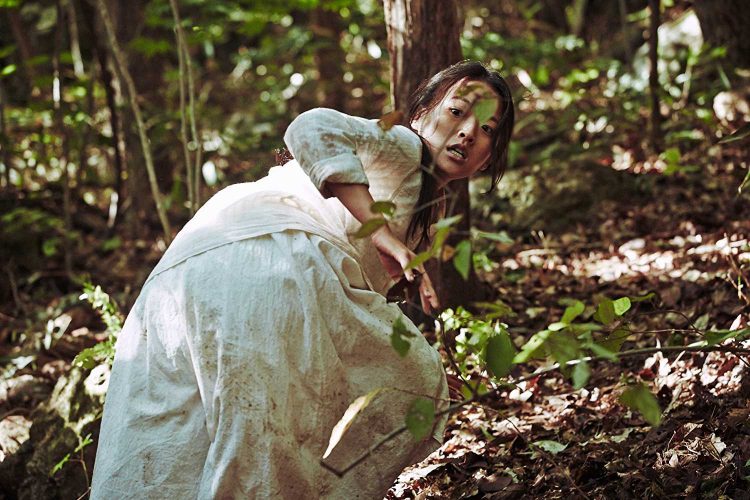
Korea’s great social and political history is based on its ideological tenets of Yin and Yang. Even the Korean flag represents the two sides of human nature that are inherently present in all human associations. Moo-myung, or the woman in white, represents the Yang, or the white part, that is innately good and is often identified with warmth and prosperity. It is probably because of this reason Moo is chosen as the woman in white.
The color palette of the film, which is characterized by dark, haunting colors, is diversified with Moo’s presence in the frames, bringing a stark contrast between the two. The devil, on the other hand, is represented through dark colors, wearing for the most parts blue and black. His guard dog is also of black color, again indicating the nature of his stay in the village. The burnt ash in his house that is as black as tar adds to the whole vibe.
Even though ‘The Wailing’ is much more than just a battle between good and bad, thanks to Na Hong’s craftsmanship, it is heavily reliant on the tussle. Much of everything really stems out of this clash between the evil and benevolent forces. The pace is dictated by seeking answers to a bewildering mystery by Goo. Therefore, Yin-Yang becomes an inherent part of the aesthetic and spiritual cadence of the film.
The Ending
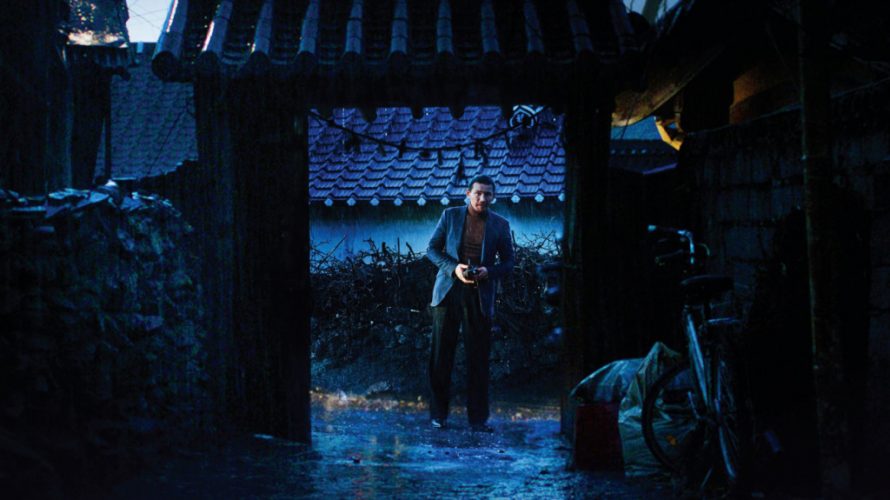
The ending leaves us with so many questions that it is prudent to list them down.
- Is the duo of the Shaman and the old Japanese in cahoots, acting on behalf of the devil?
- Is Moo-myung the spirit of the town and trying to watch over it?
- Was the Shaman imprinting the devil spirit on Hyo-Jin rather than saving her?
- What was Moo-myung doing stopping Goo from going back and saving his family?
- Did her spell break when the father committed a sin by her name trying to murder the Japanese man?
- Was the sickening of the Japanese man was after the murder attempt merging fully to devil, not during the exorcism ritual?
Phew. The flurry of questions can leave a lot to be asked for. So let’s get to answering these. Yes, indeed, as it is revealed in the end, the Shaman and the old Jap were in cahoots and planning to take their next victim. As the Shaman returns in the very last scene to Goo’s house, we see him take the pictures of the dead family members and unintentionally reveal to us the photographs of other victims before them. His purpose of performing a ritual was in fact just a disguise to claim another victim for the Jap. His devious relationship with the Jap had its consequences when he met Moo-myung (blood vomit). Doing so, he wanted to create a gateway for the devil to possess the little girl and use her to claim more lives. While the whole backstory and specifics are absent, the broad meaning can be inferred as such.
The Shaman was actually trying to weaken the spirit of Hy-Jin and make it easier for the devil to claim her life. We see the consequences in the scene just for that as her health starts deteriorating. Following that, Goo takes her to the hospital and momentarily breaks the Shaman and devil’s plans. It gives enough time to Moo-myung to set a trap and work to save the Goo family. As the woman in white tries to set a trap and finish the devil forever, Goo makes a mistake and breaks her spell by rushing in to save his daughter. A symbolic image of the curse getting enabled is the floral trap turning rot. We see how the moment Goo comes back, the camera zooms in on the floral trap and it rots, signaling an end of the happy times of the family.
It isn’t made clear if the Japanese man was actually a devil before taking the Goo family or wanted more victims to complete the merging. Despite that, it would be safe to assume that the transformation of the Jap into the devil needed more victims and that the sickening of the Jap was after the murder attempt. Some can argue that the Shaman was helping him merge into a devilish figure to earn money and earn protection. This would go against the notion that the Jap was already a devil and claimed lives to stay alive. Remember the Jap came to the place from somewhere. It is highly probable that he went from place to place to hide suspicions and go unnoticed.
Final Word
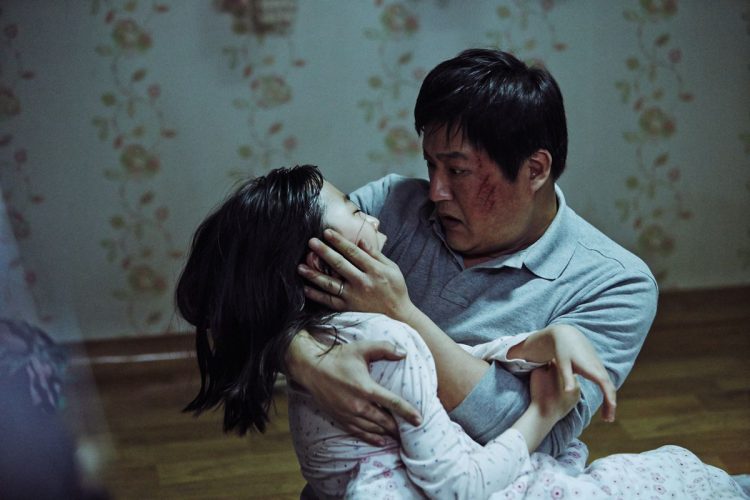
Unsettling and haunting, an extremely well made supernatural thriller, atmospheric and unnerving at times. The slow-burning initial build-up was excellent and kept us on the edge of the seat. Then the middle segment was a bit repetitive and overstretched unnecessarily but the final third is truly phenomenal. It is filled with Christian symbols, biblical references, nothing is clearly concluded here and the open ending is totally out of the world. ‘The Wailing’ is a thriller with way too many unanswered questions and that is the beauty of it. In a town inhabited by mind-numbing summer blockbusters, Hong-Jin’s It encroaches like a foreign stranger that possesses viewers with its demonic charms.
‘The Wailing’ is like a gigantic monster whose presence is unknown but his terror-stricken ominous presence of supernatural force is felt by the eerie silence around you like you are just to be gulped by a rain of horror. It is a provocative, hypnotic and path-breaking horror thriller which goes for a pervading atmosphere of chaos than opting for cheap scares. Rarely, I have come across a genre cinema that deals with the elemental sort of doubt and fear in such an intricate manner.
Read More in Explainers: Gone Girl | John Wick | Baby Driver

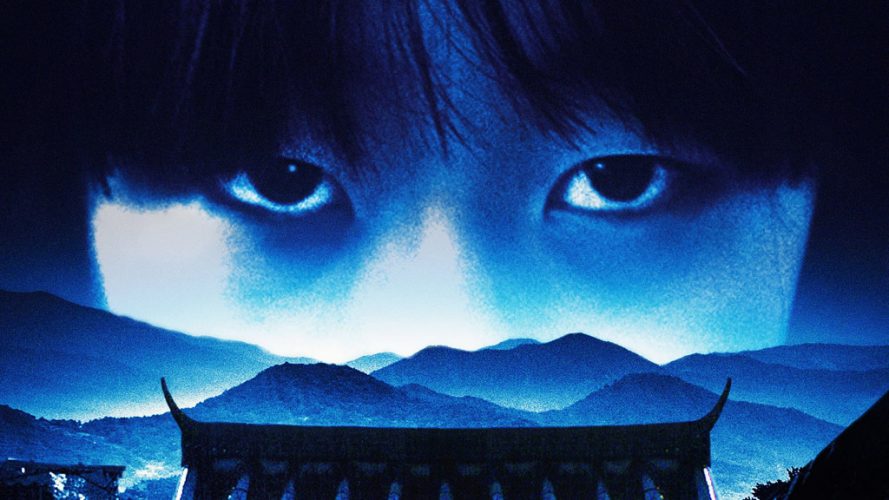
You must be logged in to post a comment.